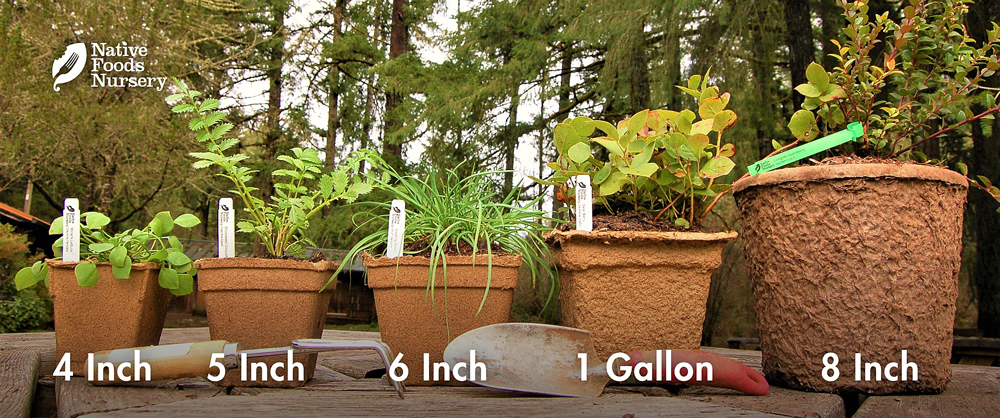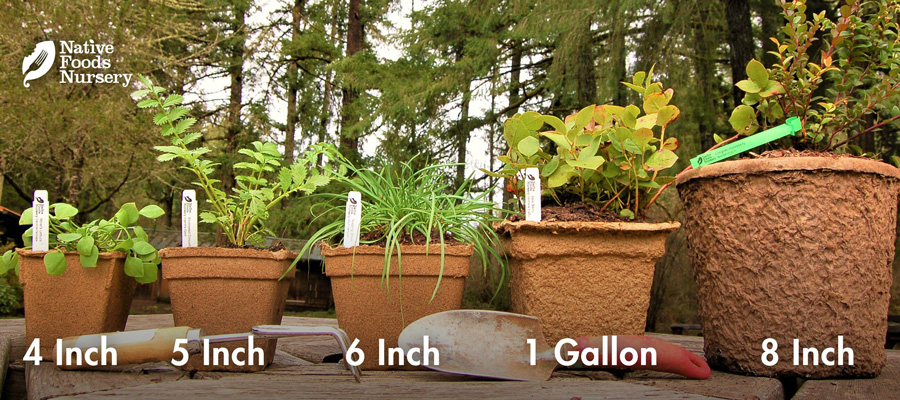Oregon White Oak
- Current Stock:
- 0
- Other Names:
- Garry Oak, Brewer Oak, Oak
- Latin Name:
- Quercus garryana
Oregon White Oak is a large, deciduous nut tree native to the West Coast.
Edible Uses
Its edible acorns are a native food sweeter than other local species. Once leached, they have a mild potato-like flavor, and can be eaten raw, roasted, or ground into a gluten-free baking flour for breads, pastries and more. Acorns are rich in complex carbohydrates, minerals, oils, fiber, and vitamins, and are lower in fat than most other nuts.
Ornamental Qualities
Oregon White Oak is a majestic, spreading shade tree with characteristic wavy, glossy-green leaves. Its thickly furrowed bark, rounded crown and intricate branching structure adds interest to Winter landscapes. Wildflowers, like Great Camas, are a beautiful companion to this stately tree.
Environment and Culture
Oregon White Oak is the keystone species of “Oak Savanna” habitat - a critically endangered, diverse ecology in North America (less than .5% of the original Oak Savanna remains). They are extremely resilient and long-lived, have a wide native range, and produce thousands of pounds of protein-rich acorns in their lifetime - making them a key species for ecological restoration and truly regional sustainable agriculture. Mature trees provide food and habitat for countless species, from song birds to squirrels to deer. In the wild, California Hazelnut, Serviceberry, Blackcap Raspberry, Great Camas, Dwarf Checkermallow, Blue Wild Rye, and many more, can be found below their graceful canopies.
Northwest Native American tribes today still value this special tree as food, medicine, and family. Despite great cultural losses, they continue to work towards stewarding and restoring wild populations, both strengthening the integrity of the ecology and sustaining their cultural heritage and wisdom. These strong and recovering peoples and plants deserve our respect, gratitude, and reparations. (Learn more & how to help on our Charitable Giving page.)
Harvest, Care, and Preparation
Oregon White Oak is slow growing, but strong and sturdy. The tree doesn’t require any pruning, but can be formed at an early age for aesthetics or, for example, to prevent bad crotch angles for future snow-loads. It can grow in wet or dry climates, but likes to dry out during the Summer (except during the first few years of establishment). It is very self-sufficient. Harvest acorns green off the tree in September or right as they fall - before the squirrels and rodents get them. Acorns require leaching of tannins to become palatable; one can boil them, run water over them, or leave them in a bag in a stream, as the Native Americans did. Acorns intended for replanting need to be stratified for 90 days. See our recipes for more detailed information.
Native Range: CA, OR, WA, BC
USDA zones: 6-9
Ease of Care: Very High
Deer Resistance: Moderate
Light Requirements: Full Sun
Soil Type: All, prefers well-drained
Water Requirements: Drought tolerant, can handle wet, as long as it dries out in the Summers
Pollination: Self-fertile
Bearing Age: 30 years
Size at Maturity: 50-100ft.
Plant Spacing: 25-50ft.
Bloom Time: April/May
Harvest Time: Sept/Oct
Pot Sizing Guide

Our policy lasts 30 days. If 30 days have gone by since your purchase, unfortunately we can’t offer you a refund or exchange. To be eligible for a return, your item must be unused and in the same condition that you received it. It must also be in the original packaging. Gift cards are non-refundable. Once your return is received and inspected, we will send you an email to notify you that we have received your returned item. We will also notify you of the approval or rejection of your refund. If you are approved, then your refund will be processed, and a credit will automatically be applied to your credit card or original method of payment, within a certain amount of days.










